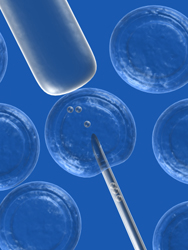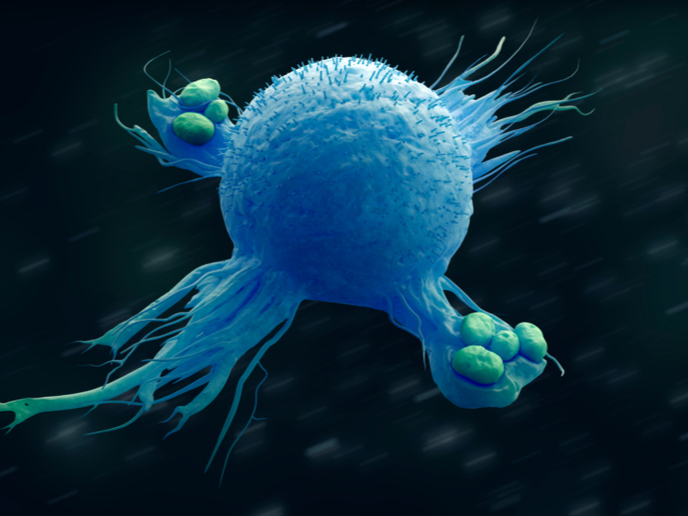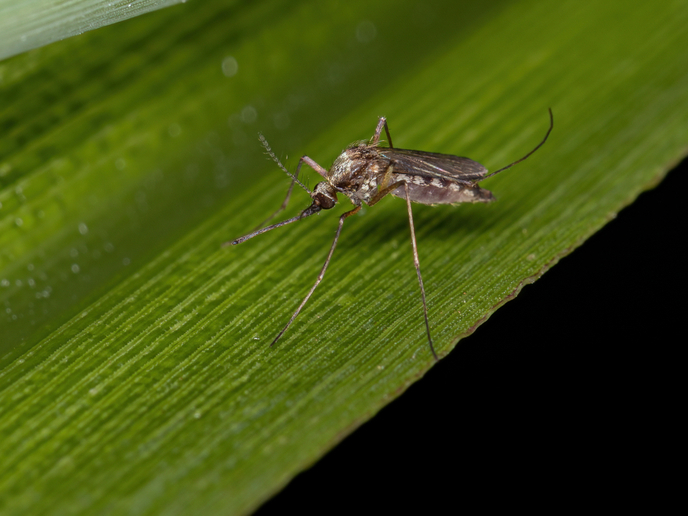CPPs and the functional mimicry of proteins
Cell-penetrating peptides (CPPs) help in the cellular uptake of peptides and the proteins which contain them and have proven their use in intracellular delivery. However, not a great deal is known regarding the frequency and function of cell-penetrating sequences in native proteins. The CPP project compared peptide sequences to test the prediction that intracellular loops of G-protein coupled receptors (GPCRs) have a strong likelihood for occurrence of cell-penetrating motifs. The loops are also sites for receptors, which sense molecules outside the cell, activate cellular responses, and are involved in G-protein interaction. Therefore, the research team hypothesised that short CPPs, derived from GPCRs, can pass through the cell membrane and modify G-protein activity in a way similar to receptor proteins. The principle was tested by analysing two different model systems. The first used the peptide M511 from rat angiotensin, which contracts blood vessels. The second employed the CPP known as G53-2. This comes from the human glucagon-like peptide receptor, GLP-1R, and instigates the release of insulin. Both peptides induced the same results as their original host proteins. The results therefore suggested that it could be possible to mimic the effects of signalling transmembrane proteins through the use of shorter peptide fragments.







